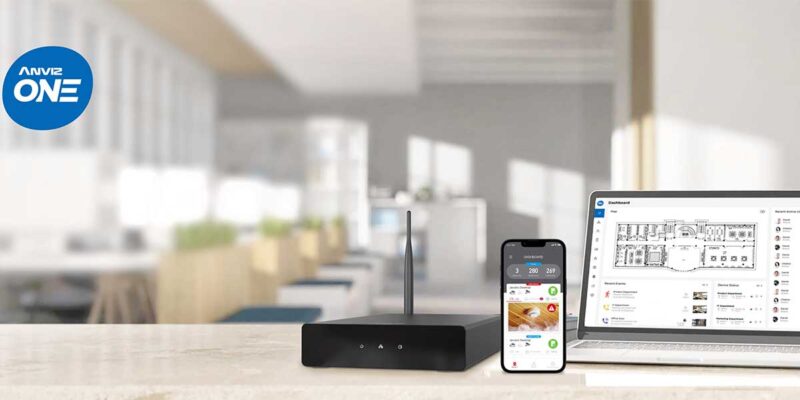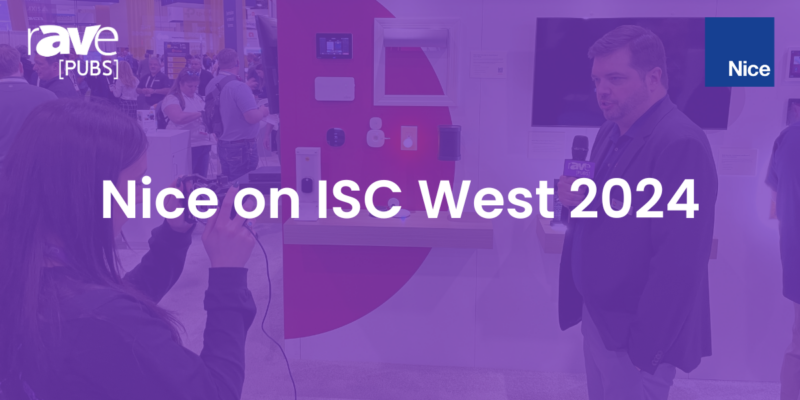Using Video and the Internet of Things to Lead Remote Teams

By Chip Manning
VDO360
Videoconferencing is not new, but recent technological advancements—including mobile videoconferencing and telepresence—have led to more widespread use. On the other hand, the Internet of Things (IoT) is a relatively new idea, one with implications across a wide variety of industries and aspects of business.
When the two technologies—videoconferencing and the IoT—come together, business managers will discover new, more efficient ways to bring teams together across far geographical distances, and to manage remote workers more effectively, while gaining the luxury of working remotely themselves, too.
This flexibility and mobility of both workers and managers has become a necessity for many growing organizations in the modern business world. Fortunately, the technology tools are availability to make it happen.
Leading via Video
Videoconferencing has proven to be one of the most effective tools to manage teams remotely. Videoconferencing provides a number of well-documented benefits over email, texting, and even voice-only phone calls—especially when it comes to meetings with a large number of participants.
Nonverbal communication is important for conveying mood and intent, and only videoconferencing or telepresence can bring this element into remote meetings. Additionally, being on camera helps keep remote meeting participants fully engaged. Videoconferencing also makes meeting more efficient. With the right system, it permits screen-sharing, slide-sharing, and the ability to collaborate on written documents or spreadsheets remotely, in real-time.
Videoconferencing—and its more robust cousin, telepresence—lends itself well to the key tenets of managing teams more so than any other form of remote communication available today.
Some of the most important parts of managing teams – remotely or locally – are:
- Communicating daily. A manager should at least touch base every day with key members of his or her team. This gives the team members the opportunity to give and receive feedback, receive praise to stay motivated and inspired, brainstorm new directions or ideas, and generally stay on the same page regarding a project or initiative.
- Building rapport. Building a professional rapport with team members helps managers keep employees happy and successful as individuals and as part of the team.
- Talking one-on-one. Dedicating time to talk to each member of the team helps the manager build rapport, share information, and hear concerns.
- Being available. Managers need to be available to their team members. If team members cannot reach the manager at a critical juncture, work may stop until the manager brings employees into the loop.
These aspects of team management can be incredibly difficult for managers working off-site or managers who have team members working remotely. However, videoconferencing helps managers overcome these difficulties, opening lines of communication between team members and managers.
Combined with the Internet of Things, which allows connectivity between mobile videoconferencing devices, on-site meeting rooms, technology tools that enhance meetings (such as document cameras or electronic whiteboards), and company databases, today’s videoconferencing solutions can enhance efficiency, productivity and even human-to-human interaction like never before.
Managing with the Internet of Things
The IoT refers to the increasing number of devices capable of sharing information with one another. These devices can send location information, usage statistics, sensory data, on/off status, settings, and more. A manager no longer needs to be physically present to control or discuss presentations or access data. A manager on the road, for instance, can be working from a hotel room with Wi-Fi and stream information onto an electronic whiteboard or presentation screen in the company’s boardroom for on-site attendees, while the same images appear on the screens—desktop or mobile—of other remote participants, as well.
Newer, voice-activated Artificial Intelligence (AI) technology that connects to the IoT allows managers and employees to look up information by asking a voice-activated device a question and receiving an answer immediately, preserving the flow of the meeting. If you’ve ever paused in a presentation to look up a fact on the internet or search for a file, it’s easy to see how convenient this technology can be. We are approaching the day where—much like the captain on the bridge of the starship Enterprise—managers can address an AI device verbally and receive an instant answer regarding nearly anything in the Universe.
Businesses also use IoT technology to track movement within the business place for scheduling, energy management, and cost savings. Sensors can detect the presence of people in a meeting room, and a display screen outside the door can let other employees know a meeting is going on. The information can also be sent to a scheduling app so employees can look up meeting times and locations. A remote manager waiting to dial into a videoconference can receive a notification when attendees start showing up, improving efficiency.
Sensors may also detect that lights, HVAC systems or audiovisual equipment is still running in an empty room and can remotely power it down to conserve energy, save money and prolong equipment life.
Other Technologies for Remote Team Management
In addition to videoconferencing and the IoT, a host of other technologies makes it easier for managers and employees to access information from anywhere at any time.
Many businesses have already adopted cloud computing to some degree. Using the cloud, managers and team members can easily access the same information and applications regardless of physical location. Managers can use the cloud to easily set up and distribute tasks, set up new software for the team, keep track of employee time and schedules, and more.
Mobile apps also help managers and employees manage increasing flexible work schedules and telecommuters. Apps can send notifications to a desktop workstation or any mobile device, so an employee can receive the notification—and respond in a timely manner—even if they aren’t at the desk.
Videoconferencing, mobile apps, cloud computing, AI, and the IoT are fantastic tools for remote team management. As we approach the reality of a fully mobile, flexible workforce, smart managers will adopt technology that not only enables them to manage their teams from a distance, but to manage technology from anywhere, too. Managers will reap the rewards of a more engaged workforce, a better work/life balance, and the ability to work from anywhere, themselves, while effectively managing employees across town or across the world.
This column was reprinted with permission from Chip Manning.




